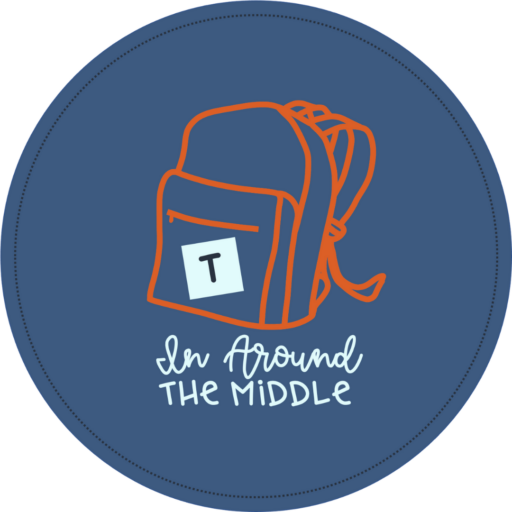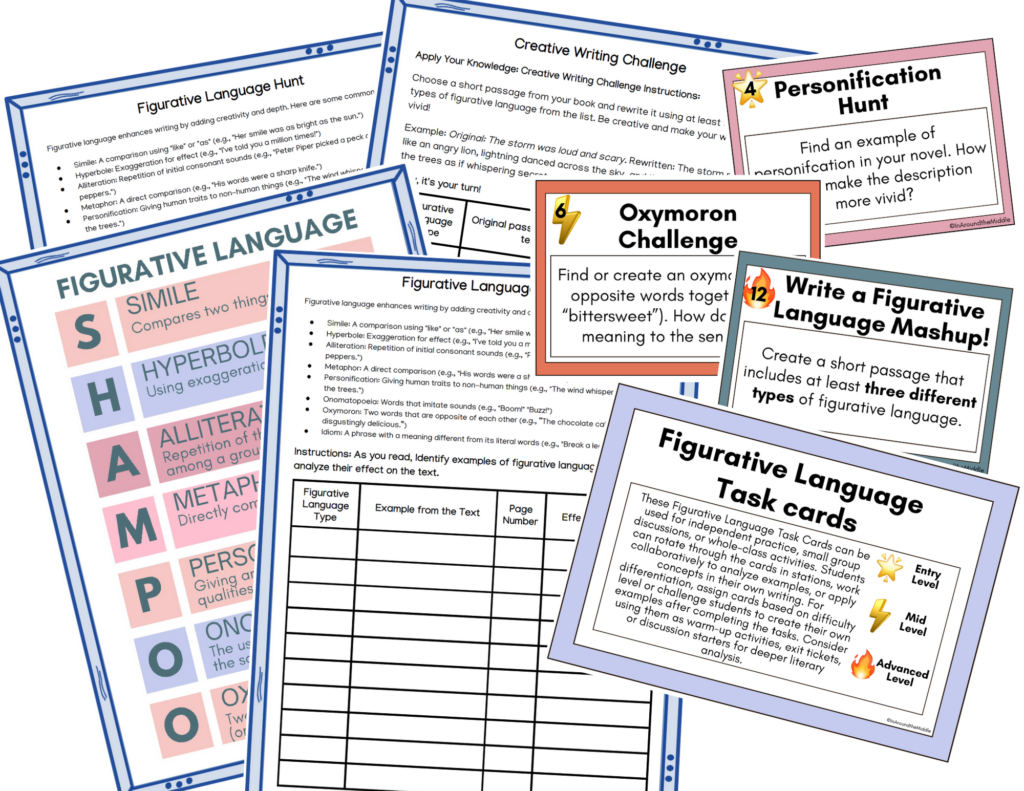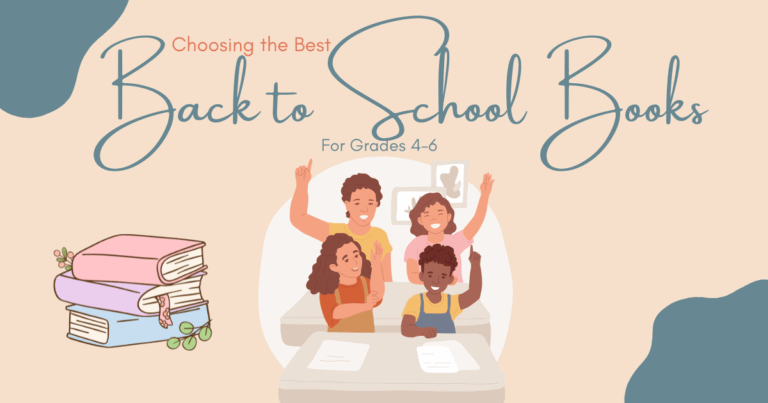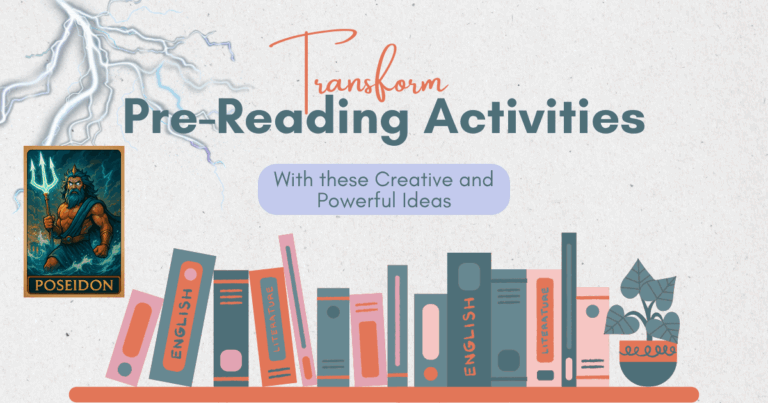Falling in Love with Words: Unforgettable Autumn Figurative Language Activities
A Crisp Morning, a Golden Leaf, and a Room Full of Ideas
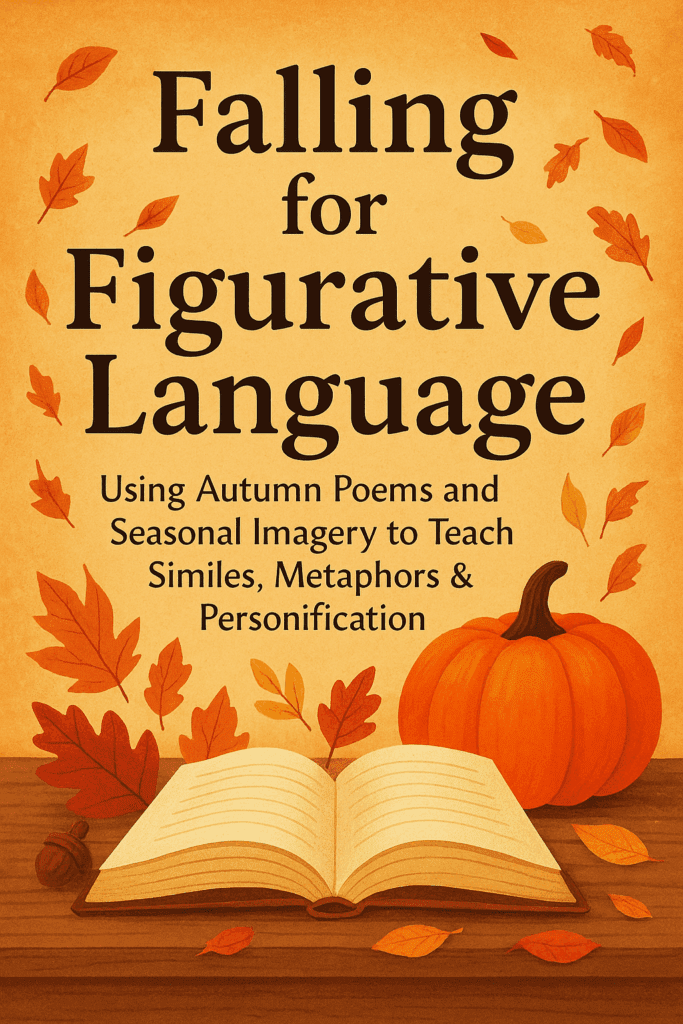
Picture this: the classroom windows are open just enough for a cool breeze to sneak in, carrying the smell of damp leaves. A single maple leaf flutters to the ground outside. Inside, your students are hunched over their notebooks, grinning as they compare pumpkins to moons and winds to whispering friends.
That’s the magic of autumn. It’s a season that practically begs to be turned into poetry—and it’s the perfect backdrop for figurative language activities.
By the end of this post, you’ll have a bank of autumn activities for elementary students that blend poetry, creativity, and seasonal imagery to make similes, metaphors, and personification click. If you want to add a bit of gamification to your figurative language be sure to check out my post on that here.
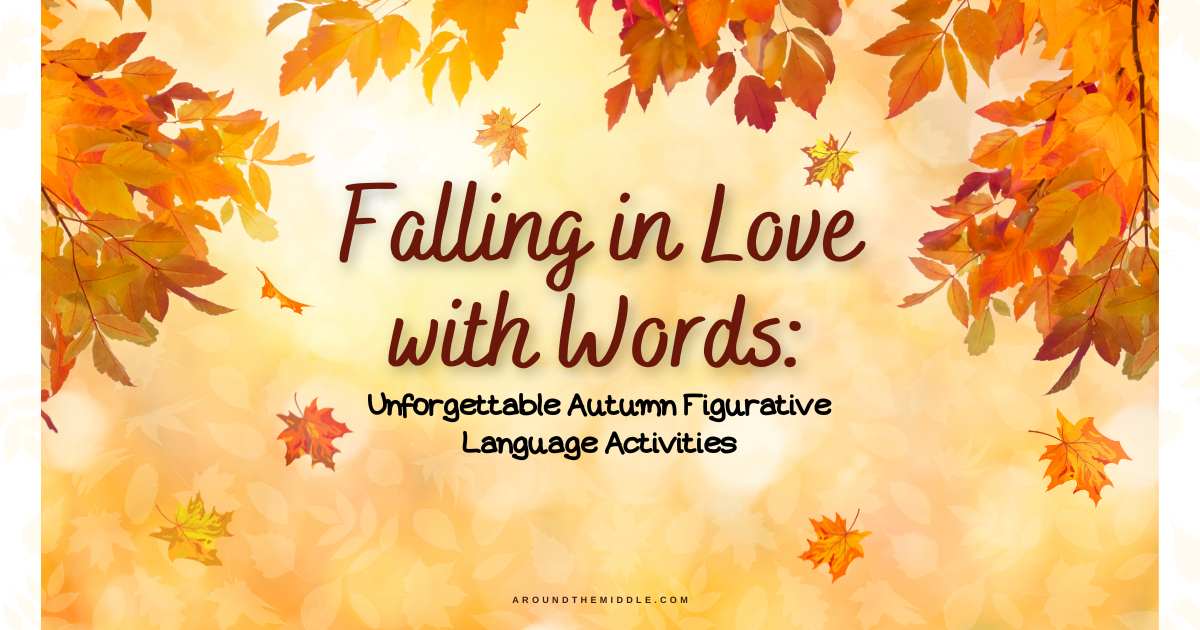
Why Figurative Language Activities Matter in Elementary
Figurative language is where writing shifts from simple description to art. It’s the bridge between “The leaf is red” and “The leaf is a ruby falling from the sky.”
For students in grades 3–6, these activities:
- Help them move beyond literal meanings.
- Show the connection between imagery and emotion.
- Build confidence in creative writing.
When figurative language is tied to autumn activities for elementary students, it becomes tangible—rich colors, crisp air, and familiar seasonal changes give them something concrete to describe.
Why Autumn is Perfect for Figurative Language Activities
Autumn is bursting with sensory detail:
- Colors: blazing oranges, deep reds, golden yellows.
- Textures: crunchy leaves, smooth acorns, soft scarves.
- Sounds: the rustle of wind through branches, the crackle of leaves underfoot.
- Smells & tastes: cinnamon, damp earth, roasted pumpkin seeds.
It’s also full of natural metaphors—change, cycles, warmth against the cold—making it ideal for autumn activities for elementary students that explore figurative language.
The Three Stars of Figurative Language
Here’s how I introduce each type within seasonal writing activities:
1. Similes – Comparisons using “like” or “as”
“Leaves fluttered like golden butterflies.”
“The pumpkin was as round as the harvest moon.”
Classroom activity idea: Create a “Simile Leaf Pile” where each paper leaf has a simile written by a student. Add to the pile daily.
2. Metaphors – Direct comparisons without “like” or “as”

“The trees were torches in the dusk.”
“Autumn is a quilt of gold and rust.”
Classroom activity idea: Students write a metaphor, then illustrate it for a class “Metaphor Gallery Walk.”
3. Personification – Giving human qualities to non-human things
“The wind whispered secrets through the cornfields.”
“October tiptoed into the valley.”
Classroom activity idea: Use action cards (dance, whisper, stretch) and match them to autumn nouns to spark personification.
Poems That Work Well for Middle Primary Figurative Language Activities
These short, engaging poems are perfect for elementary figurative language lessons:
- “October” – Robert Frost – Sensory detail and metaphor.ns.
- “Something Told the Wild Geese” – Rachel Field – Gentle rhythm and personification.
- “Who Has Seen the Wind?” – Christina Rossetti – Clear examples of personification.
- “When the Frost is on the Punkin” (excerpt) – James Whitcomb Riley – Rich imagery and seasonal voice.
- “Autumn Fires” – Robert Louis Stevenson – Bright metaphorical language.
Step-by-Step Lesson Flow for Autumn Figurative Language Activities
1. Start with the explicit teaching

This doesn’t have to be boring. Try an interactive World Wall where students walk around the room finding the definitions and examples of different figurative language types. If you don’t have time to create your own, I’ve got one here with differentiation and some fun scavenger hunt games that accompany it.
2. Sensory Warm-Up
Pass around autumn items—leaves, cinnamon sticks, a pumpkin—and have students list sensory words for sight, sound, smell, touch, taste.
3. Poem Read-Aloud
Read one seasonal poem twice: first for enjoyment, then pausing to note examples of figurative language.
4. Identification Challenge
Students underline similes in one color, metaphors in another, personification in a third.
5. Mini-Mentor Writing
Students create their own autumn-inspired sentence using the device of the day.
6. Share & Celebrate
Read a few aloud and add the best to a classroom Autumn Figurative Language Wall.
Creative Extensions for Autumn Activities in the Classroom
- Class Poetry Anthology – Compile all student work into a fall booklet.
- Figurative Language Scavenger Hunt – Getting students moving is so important! Why not try hiding figurative phrases around the room? Check out my post on the magic of movement for more activities.
- Seasonal Word Wall – Collect autumn vocabulary to inspire future writing.
- Poetry & Art Pairing – Students illustrate their simile or metaphor.
Tips for Success with Figurative Language Activities
- Celebrate quirky or unexpected comparisons—they’re often the most creative.
- Start with sensory experiences your students know well.
- Use photos or nature walks for inspiration.
- Model your own writing process out loud.
Final Thoughts
Autumn is more than a season—it’s a ready-made palette for creative expression. By pairing poetry with hands-on figurative language activities and rich seasonal imagery, you’ll give your students the tools to make their writing come alive. I’ve created a free figurative language download to with task cards and class novel tie-ins to get you started.
Whether it’s describing a pumpkin patch in metaphor or giving a gust of wind a human voice, these autumn activities for elementary students turn figurative language into something they’ll not just understand, but truly enjoy.
If you’re looking for further ways to reinforce figurative language, why not tie in your class novel? Check out my novel-specific figurative scavenger hunts!
Happy teaching
